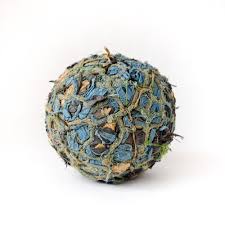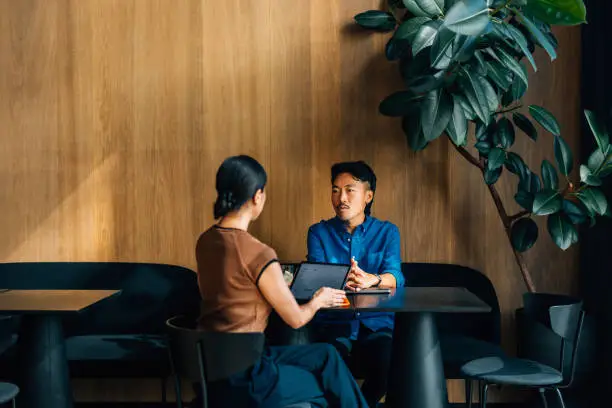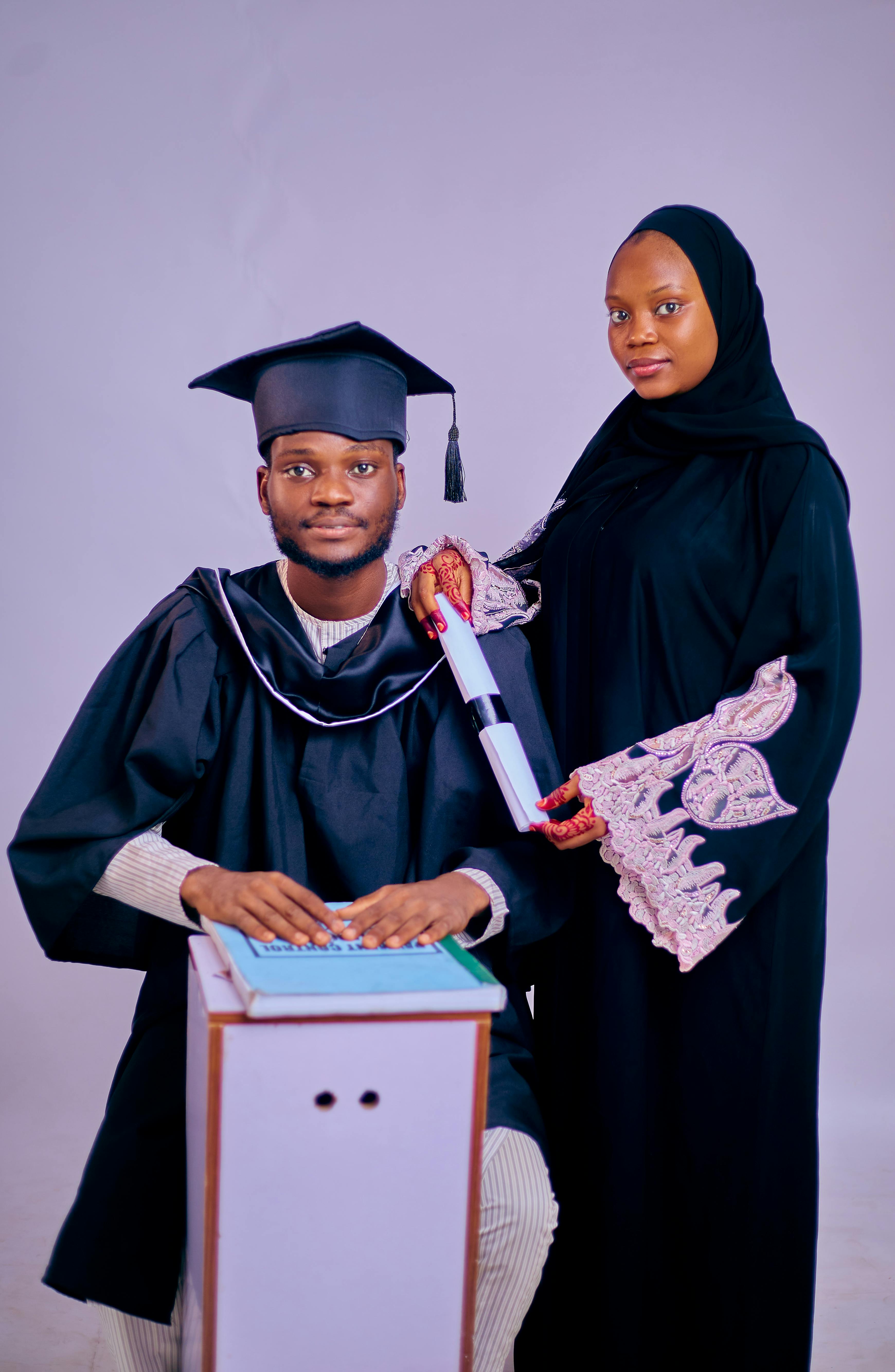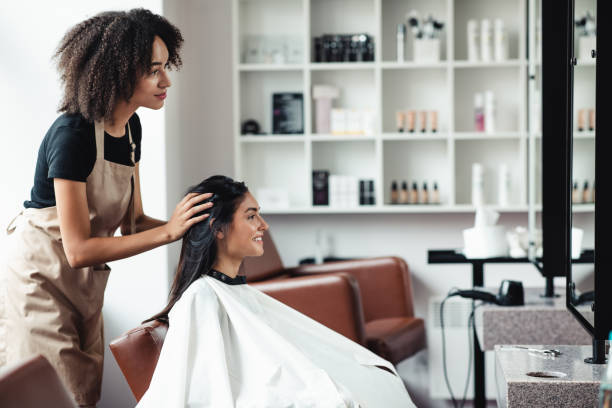Dreadlocks are more than just hair — they’re identity, expression, and culture. In Kenya, what was once misunderstood is now a growing trend, proudly worn by both men and women from all walks of life. From job interviews to music stages, dreadlocks are no longer seen as rebellion — but as beauty, boldness, and self-love.
1. The Rise of Dreadlocks in Kenya
For years, dreadlocks in Kenya were associated with stereotypes — rebellion, drugs, or Rastafarianism. But that narrative has changed. Today, more professionals, creatives, students, and influencers proudly rock locs in different styles, proving that natural hair can be smart, stylish, and sophisticated.
From Nairobi CBD to university campuses and even Parliament, dreadlocks are now mainstream.
2. Different Types of Dreadlock Styles You’ll See in Kenya
Kenyan salons and locticians are now more creative than ever. Some of the most popular dreadlock styles include:
Sisterlocks: Small, neat, and often used in professional settings.
Freeform locs: Grown naturally with minimal manipulation.
Twist & crochet locs: Popular for neatness and style.
Faux locs: Synthetic locs installed temporarily — ideal for styling without commitment.
Each type allows self-expression — whether you're going for elegance, afrocentric pride, or a laid-back vibe.
3. Dreadlocks and the Workplace
Can you get a job with dreadlocks in Kenya?
Yes. Attitudes have shifted. Many companies now value skill and competence over outdated grooming standards. But the key is clean, well-maintained hair and confidence in your look.
Tip: Keep your locs neat, wear styles that fit the environment, and walk into any room knowing who you are.
4. How to Care for Dreadlocks
Healthy dreadlocks don’t “just grow” — they require commitment.
Wash regularly with residue-free shampoo.
Moisturize to prevent dryness and breakage.
Retwist or palm-roll every 4–6 weeks depending on growth.
Protect at night using a silk/satin bonnet or pillowcase.
Avoid over-styling to prevent thinning at the roots.
Maintaining dreadlocks shows discipline — and they can last a lifetime if cared for properly.
5. Dreadlocks and Self-Expression
For many Kenyans, dreadlocks are more than fashion — they symbolize:
Freedom from Western beauty standards.
A spiritual or cultural connection.
A journey of patience, growth, and transformation.
“My locs tell my story — they’ve grown with me, seen my struggles, and celebrated my wins.” – Loctician, Nairobi
6. Kids and Dreadlocks: Growing the Next Generation Naturally
More Kenyan parents are letting their kids wear dreadlocks, from age 3 and up. It teaches them self-love, patience, and pride in their natural hair. Schools are gradually becoming more accepting — especially when the hair is clean and styled neatly.
Dreadlocks are here to stay — and they're evolving with Kenya’s culture. Whether you're starting your journey or already years in, your locs are a statement of beauty, power, and pride. Own them. Care for them. And wear them boldly — because your hair is not just hair. It's a crown.










Reader Responses (0)